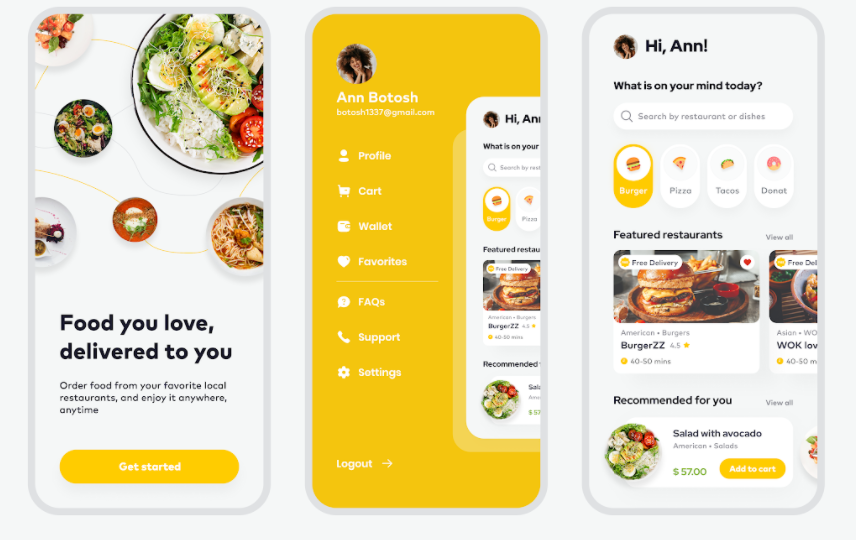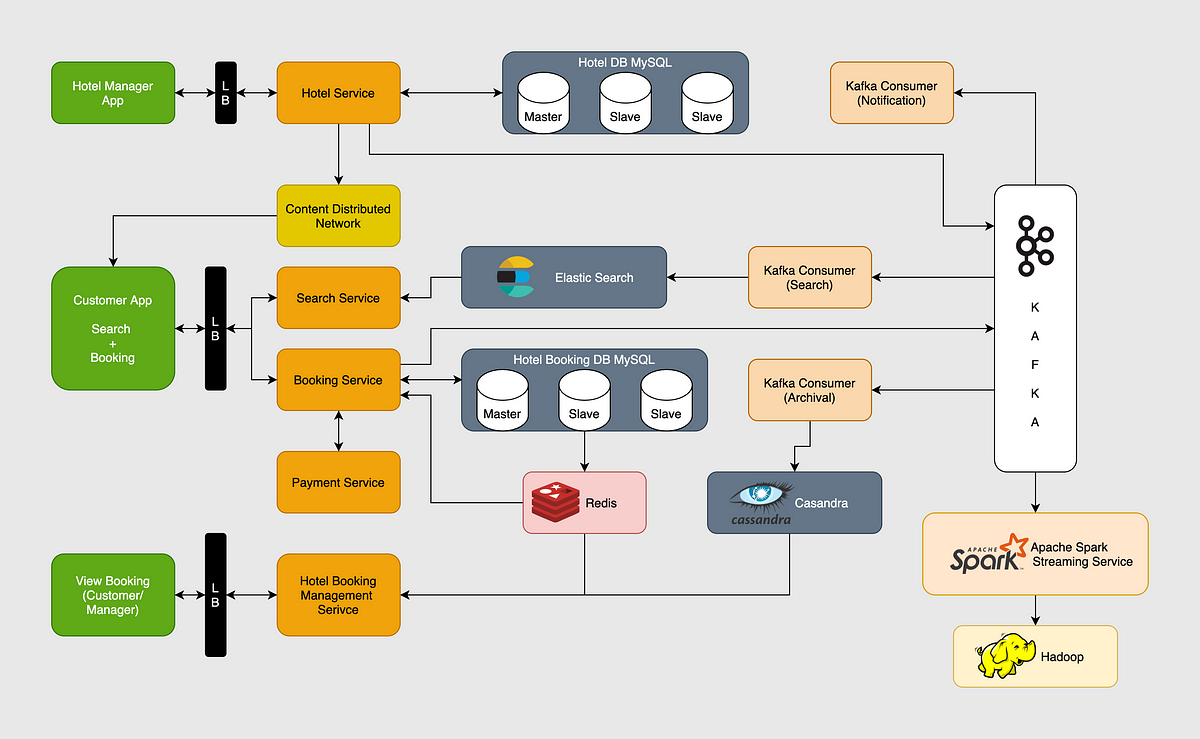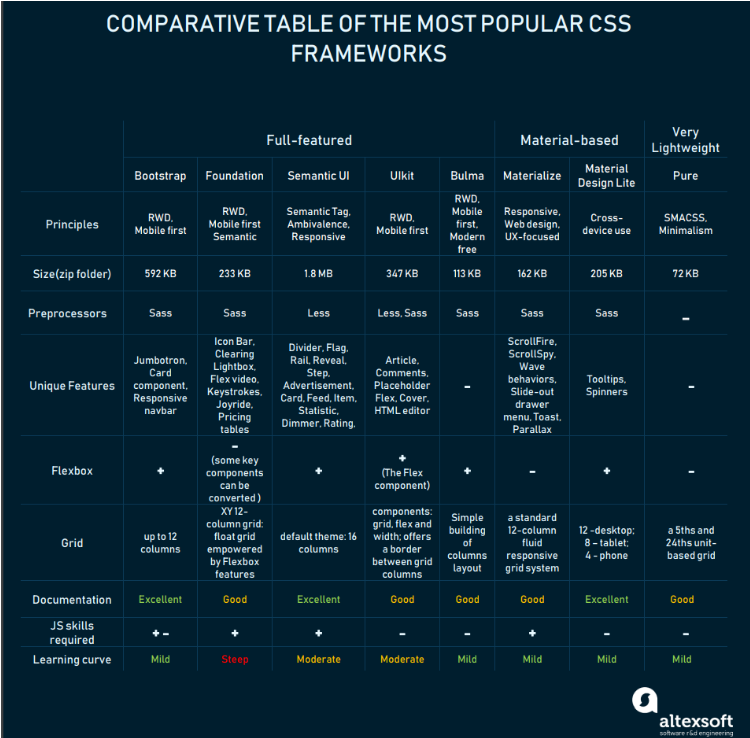In today’s digitally-driven world, a restaurant’s online presence is as vital as its physical ambiance and menu. Whether you’re a small local eatery or a global restaurant chain, having an appealing and functional website and app is essential to attract customers and enhance their dining experience. This is where front-end development comes into play. In this blog post, we will explore the importance of front-end development for restaurant websites and apps, key elements to consider, and how it can transform your restaurant’s online presence.
The Importance of Front-End Development for Restaurants
Before we dive into the nitty-gritty of front-end development, let’s understand why it’s crucial for restaurants in today’s digital landscape.
First Impressions Matter: Your website or app is often the first point of contact between potential diners and your restaurant. A well-designed and user-friendly interface can create a positive impression, enticing customers to explore your menu and make a reservation.
Enhanced User Experience: Front-end development focuses on creating a smooth and intuitive user experience. From easy navigation to responsive design that adapts to various devices, a seamless user experience encourages visitors to stay longer on your platform.
Increased Accessibility: Ensuring that your website and app are accessible to everyone, including those with disabilities, not only broadens your customer base but also reflects positively on your brand’s inclusivity.
Boosting Brand Identity: Consistency in design and branding across your restaurant’s physical space, website, and app helps reinforce your identity and build brand recognition.
Now that we’ve established the importance of front-end development let’s explore the essential elements that contribute to its success.
Key Elements of Front-End Development for Restaurant Websites and Apps
Responsive Design:
In an era where customers access websites and apps on various devices, it’s essential to ensure that your restaurant’s digital platforms look and function seamlessly across smartphones, tablets, and desktops. A responsive design adapts the layout and content to fit the screen size, ensuring an optimal user experience.
Intuitive Navigation:
User-friendly navigation is critical for restaurant websites and apps. Clear and logical menu structures, easy-to-find contact information, and intuitive search functions simplify the user journey, helping visitors quickly find what they’re looking for, be it your menu, location, or reservation options.
Visual Appeal:
Aesthetics matter, especially when it comes to food. High-quality images of your dishes can whet the appetite of your online visitors. Incorporating appealing visuals, along with a cohesive color scheme and typography, can enhance the overall look and feel of your digital platforms.
Fast Loading Times:
Nobody likes waiting for a website or app to load. Slow-loading pages can drive potential customers away. Front-end developers optimize assets, such as images and scripts, to ensure speedy load times, providing a smooth and frustration-free experience.
Accessibility Features:
Making your digital platforms accessible to all users is not just a legal requirement in many places; it’s a moral imperative. Front-end development should include features like alt text for images, keyboard navigation, and compatibility with screen readers to cater to individuals with disabilities.
Interactive Elements:
Engaging your audience can be achieved through interactive elements such as reservation forms, online ordering, and social media integration. These features enhance user engagement and provide valuable functionality for your customers.
Security Measures:
In an age of increasing cyber threats, ensuring the security of your restaurant’s website and app is paramount. Implementing encryption, regular security audits, and secure payment gateways can protect both your customers and your brand.
Content Management:
Keeping your menu, specials, and other content up to date is essential. Content management systems (CMS) can simplify the process of updating your website and app, ensuring that customers always have access to the latest information.
Now that we’ve covered the key elements let’s delve into how front-end development can specifically benefit restaurant websites and apps.
Transforming Your Restaurant’s Online Presence with Front-End Development
Attracting and Engaging Customers:
An enticing front-end design can draw visitors in, creating a visually appealing representation of your restaurant’s ambiance and cuisine. By effectively showcasing your menu and captivating food imagery, you can entice potential diners to explore your offerings and make reservations.
Streamlining the Ordering Process:
Many diners prefer the convenience of online ordering. Front-end development can optimize this process, making it user-friendly and efficient. Implementing features like real-time menu updates, customization options, and secure payment gateways can enhance the online ordering experience.
Increasing Customer Loyalty:
Well-designed restaurant websites and apps can foster customer loyalty by providing a seamless experience. Features like customer accounts, personalized recommendations, and loyalty programs can encourage repeat business.
Facilitating Reservations:
Front-end development can simplify the reservation process, allowing customers to book tables effortlessly. Real-time availability, confirmation emails, and integration with popular reservation systems can make the booking experience hassle-free.
Showcasing Reviews and Testimonials:
Positive reviews and testimonials play a significant role in the restaurant industry. Your front-end can include sections to display customer feedback, building trust and credibility among potential diners.
Promoting Events and Specials:
Special events, promotions, and seasonal menus can be effectively promoted through your restaurant’s digital platforms. Highlighting these offerings with eye-catching visuals and easy access can drive customer interest and participation.
Providing Location Information:
Front-end development ensures that your restaurant’s location, hours of operation, and contact details are readily available and easy to find. Interactive maps and directions can further assist customers in locating your establishment.
Conclusion
Front-end development is a crucial component of creating a successful online presence for restaurants. It goes beyond aesthetics, focusing on enhancing user experiences, increasing accessibility, and optimizing functionality. By investing in front-end development, restaurants can attract and engage customers, streamline operations, and build long-lasting relationships, ultimately leading to a thriving digital presence in an increasingly competitive industry. Whether you run a small local eatery or a global restaurant chain, embracing front-end development can significantly impact your restaurant’s success in the digital age.




